The idea for today’s post came from a comment from Elda:
First off I would like to say excellent blog! I had a quick question which I’d like to ask if you don’t mind. I was curious to know how you center yourself and clear your thoughts before writing. I have had a difficult time clearing my thoughts in getting my thoughts out. I truly do enjoy writing however it just seems like the first 10 to 15 minutes are generally wasted just trying to figure out how to begin. Any recommendations or hints? Thanks!|
 Thank you for asking this question, Elda! I always enjoy hearing from my readers.
Thank you for asking this question, Elda! I always enjoy hearing from my readers.
Yes, it can be tricky to settle down into a writing session when you first begin one. I’ve had that trouble at times, too.
Here are some things to try in order to make better use of those first 10 to 15 minutes of writing time.
My first several tips will be for short term relief. The last few are focused on how to improve this issue in the longterm.
Short Term Strategies
Clear Out Distractions
I work best in a quiet, calm environment, so for me this means turning off music, closing the blinds, muting my cellphone, and reducing or eliminating any other distractions I notice as well.
Your mileage may vary there depending on how your mind reacts to music, birds chattering outside of your window, relatives or pets interrupting you, etc., but do try to create the ideal writing environment for your personal preferences.
 Talk to Your Characters
Talk to Your Characters
This can be accomplished by writing down your conversation or speaking to them out loud and imagining how they’d respond to your questions.
It might sound silly, but I’ve had all sorts of breakthroughs with my own stories when I take a few minutes at the beginning to chat with my characters and see how they’re feeling.
Write the Most Exciting Scene First
Endings are my favourite parts of stories whether I’m writing, reading, or watching them. Often I’ll write that section first and then backtrack to previous scenes that foreshadow or refer to it in some way.
What strikes me as the most exciting scene does vary from one session or project to the next, but this is a pattern I repeat until the entire tale is written.
Go Off on a Tangent
One of my favourite techniques for those days when I’m having trouble getting into the the rhythm of writing is to work on a different project for a little bit. It could be a blog post, an idea for another story, a poem, or something else entirely.
There’s something about the act of getting into the flow of writing on one topic that can bleed over into other writing projects if you allow it to.
 Describe the Setting or Backstory in Vivid Detail
Describe the Setting or Backstory in Vivid Detail
That is to say, write about things related to your story that you don’t actually intend to include in the final project.
You could describe every nook and cranny of the room the scene is currently taking place in, talk about your character’s first childhood memory even if it’s not at all related to their current conflict, or discuss what happened in that time and place five or fifty years ago.
While these adjacent writing projects sometimes do lead to the inclusion of details in my actual work-in-progress, I don’t consider it a waste of time if I write something that’s ultimately left out of the final draft.
The better you know your characters and their worlds, the better your audience will know them, too.
Longterm Strategies
 Take Notes After Each Writing Session
Take Notes After Each Writing Session
You can take note of all sorts of things:
– An idea for a future scene
– A plot hole that still needs to be addressed
– Thoughts on how your session went. Does your environment need to be adjusted? Do you want to schedule more or less time for your next session?
If it’s something you’d be sorry to forget about, jot it down.
Plan Ahead
While I do tend to fly by the seat of my pants when I’m writing, there is something to be said for having a general outline of where you want to end up in case you get stuck if you’re not already the sort of writer who plots everything out ahead of time.
The note-taking and planning processes don’t have to be extensive. My outlines and notes are usually pretty basic, but they do leave room for me to know where to begin or what to alter in my writing space during my next session.
The more preparation you do ahead of time, the easier it will be to jump back into the rhythm of writing whenever you return to it.
Meditate
 What does meditation have to do with writing?
What does meditation have to do with writing?
This is a topic I should cover in full in a future post sometime soon, but for now I’ll say that how you respond to stray thoughts during the rest of your day strongly influences how you respond to them when you’re writing.
(Edited on February 15, 2021 to add a link to 4 Reasons Why Writers Should Meditate).
Meditation is sort of like strength training for your mind. The process of sitting down to write and struggling to clear your thoughts could be made a lot easier if you practice that skill regularly just like carrying a few bags of heavy things home from the store is easier if you’re already accustomed to lifting weights.
Respond
Readers, what other techniques would you recommend to Elda? What are your tried-and-true ways to centre yourselves and clear your minds before you start writing?
 Hosted by That Artsy Reader Girl
Hosted by That Artsy Reader Girl This week’s list might seem a little out of character for my reading habits. I jump around a lot in various genres, but the vast majority of the books I read were written in the last thirty to forty years.
This week’s list might seem a little out of character for my reading habits. I jump around a lot in various genres, but the vast majority of the books I read were written in the last thirty to forty years.
 Raise your hand if you love rewatching your old favourite sci-fi and fantasy shows!
Raise your hand if you love rewatching your old favourite sci-fi and fantasy shows!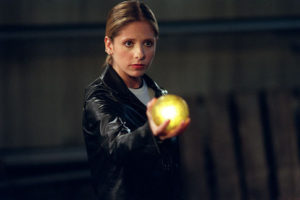 Yes, most of them will be fine by the time the credits roll. But thanks to
Yes, most of them will be fine by the time the credits roll. But thanks to 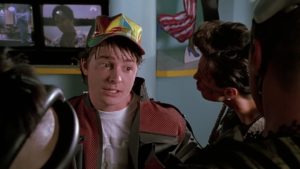 Speaking of predictions, the science fiction genre in particular is filled with them.
Speaking of predictions, the science fiction genre in particular is filled with them.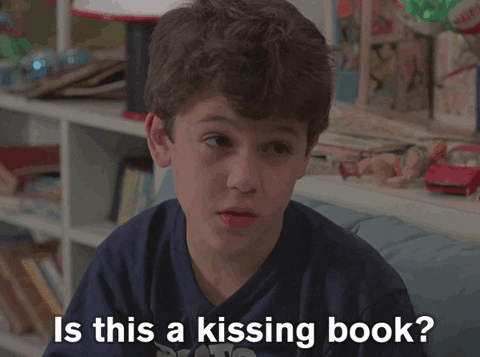
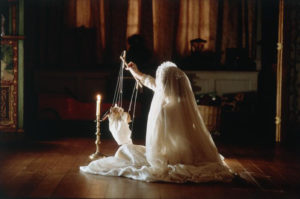 Anyone who has followed this blog for a long time may remember my love of the paranormal film
Anyone who has followed this blog for a long time may remember my love of the paranormal film 



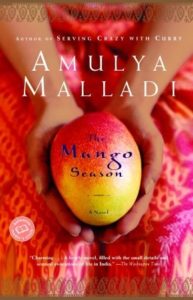
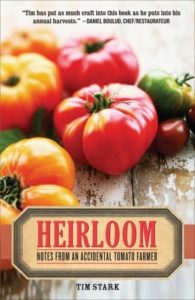


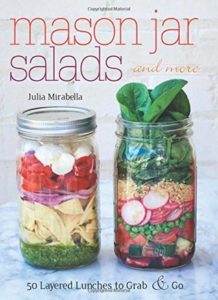


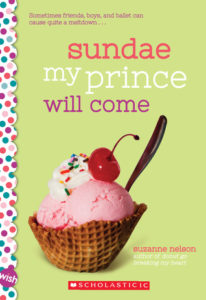
 Google analytics keeps showing me visitors who found this blog by searching for phrases like “how to get quiet people to speak up.” It seems like a good discussion topic, so let’s jump into it!
Google analytics keeps showing me visitors who found this blog by searching for phrases like “how to get quiet people to speak up.” It seems like a good discussion topic, so let’s jump into it!
 Some people excel at filling every potential moment of silence in a conversation with words.
Some people excel at filling every potential moment of silence in a conversation with words.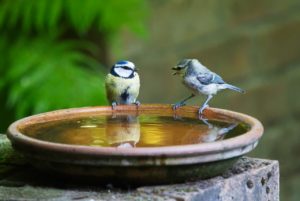 There’s something wonderful about open-ended questions that do their best to avoid assumptions.
There’s something wonderful about open-ended questions that do their best to avoid assumptions. If possible, choose a smaller group of people to talk to instead of a larger one. I find it much easier to chime in when a few other folks are taking turns talking than when a dozen or more people have joined the conversation.
If possible, choose a smaller group of people to talk to instead of a larger one. I find it much easier to chime in when a few other folks are taking turns talking than when a dozen or more people have joined the conversation. This is the fourth instalment of this series.
This is the fourth instalment of this series.

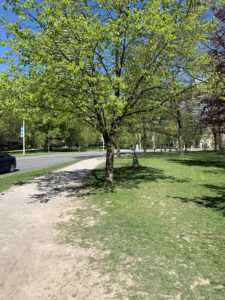
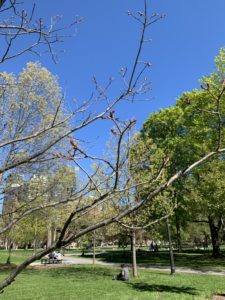









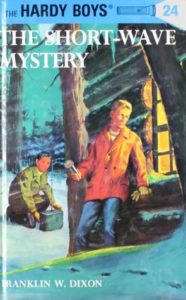
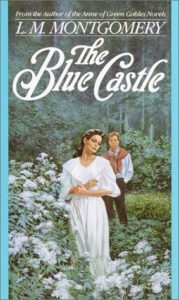


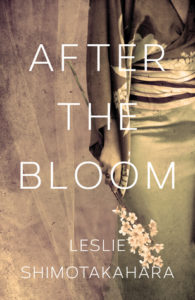
 I could have easily made this list twice as long. What a great topic! Please note that the final opening line references the death of a child.
I could have easily made this list twice as long. What a great topic! Please note that the final opening line references the death of a child. 4. “It was a dark, blustery afternoon in spring, and the city of London was chasing a small mining town across the dried-out bed of the old North Sea.”
4. “It was a dark, blustery afternoon in spring, and the city of London was chasing a small mining town across the dried-out bed of the old North Sea.” 9. “The first week of August hangs at the very top of summer, the top of the live-long year, like the highest seat of a Ferris wheel when it pauses in its turning. The weeks that come before are only a climb from balmy spring, and those that follow a drop to the chill of autumn, but the first week of August is motionless, and hot. It is curiously silent, too, with blank white dawns and glaring noons, and sunsets smeared with too much color.”
9. “The first week of August hangs at the very top of summer, the top of the live-long year, like the highest seat of a Ferris wheel when it pauses in its turning. The weeks that come before are only a climb from balmy spring, and those that follow a drop to the chill of autumn, but the first week of August is motionless, and hot. It is curiously silent, too, with blank white dawns and glaring noons, and sunsets smeared with too much color.” Thank you for asking this question, Elda! I always enjoy hearing from my readers.
Thank you for asking this question, Elda! I always enjoy hearing from my readers. Talk to Your Characters
Talk to Your Characters Describe the Setting or Backstory in Vivid Detail
Describe the Setting or Backstory in Vivid Detail Take Notes After Each Writing Session
Take Notes After Each Writing Session What does meditation have to do with writing?
What does meditation have to do with writing?